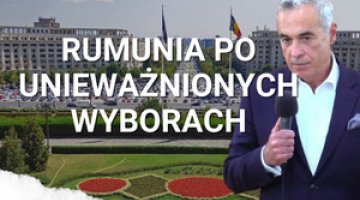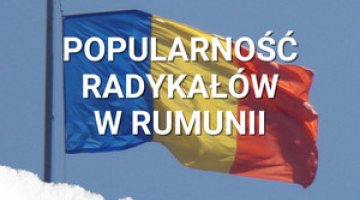Romania after the NATO summit in Newport
President Traian Băsescu, summarising the NATO summit in Newport, listed the approval of contingency plan for Romania and the decision to locate the command structure of NATO troops on Romanian territory among its major achievements. Although the public NATO documents do not contain any confirmation of this second decision, President Băsescu was probably referring to the planned command and control presence within a Very High Readiness Joint Task Force. The president also announced US proposals to create a Black Sea naval training centre, and the possibility of increasing the number of troops from NATO countries stationed in Romania. He also stressed that Bucharest will coordinate the operation of a trust fund to support Ukraine in the field of cyber security, and will consider the possibility of sending 400 soldiers to Afghanistan.
Commentary
- Romania’s attitude during the NATO summit confirms Bucharest’s high level of aspiration in strengthening its cooperation with NATO, and the development of its already strong military cooperation with the United States. This is the latest in a series of actions by Romania, including consent to locate elements of the American missile defence shield at the Deveselu base (to be opened in 2015), Romania’s active involvement in NATO foreign operations (Afghanistan, Libya), and making the Mihail Kogălniceanu air base available as a stepping stone for American troops returning from Afghanistan. According to Basescu, there are around 1400 American soldiers in Romania, the highest number of soldiers in any country on NATO’s eastern flank.
- The crisis in Ukraine has not led Romania to make any fundamental change in its perception of Russia as a threat. Russia has traditionally been seen as a geopolitical rival in Moldavia and a source of security problems in the Black Sea region. Hence Bucharest has paid particular attention to the conflicts in the Wider Black Sea Region (Transnistria, Abkhazia, South Ossetia and Nagorno-Karabakh). Romania sees the crisis in Ukraine primarily as a threat to repeat the Transnistria scenario. However, it also fears that the annexation of Crimea will lead to Russian domination in the Black Sea, and has stressed the chance of the separatists reaching the border with Romania. In April the government decided to gradually increase defence spending: 1.4% of GDP to be achieved by 2014, and a level of 2% of GDP in 2017.
- In Romania, a broad consensus of political elites has been operating for years in the field of foreign and security policy. None of the major political parties dispute the need for closer cooperation with the United States, to increase defence spending, or fail to use the issue of participating in foreign missions in their internal political disputes. Nor are there any clear differences among them in their opinion of events in Ukraine. Prime Minister Victor Ponta and President Băsescu have even tried to outbid each other in their criticism of Moscow's actions, and have consistently favoured the EU’s sanctions on Russia. This relatively coherent position towards Russia has been maintained, despite sharp divisions on the Romanian political scene and the relentless struggle between the prime minister and the president. This is also facilitated by the lack of significant economic ties with Russia, which means that Romania is not directly exposed to the more serious repercussions of the trade sanctions.




